Universities require transparent intellectual property guidelines
There can be several individuals involved in the research that leads to an invention.

Intellectual property is important in our universities but it sometimes raises thorny issues. Unlike the United States, which has the Bayh-Dole Act – legislation governing intellectual property generated by federally funded research – Canadian universities are free to have their own individual IP arrangements. The Bayh-Dole act permits 50 percent of the IP to be assigned to the researcher and another 50 percent to the university. This act presumes that the universities will play a role in the protection and commercialization of the IP. Certain institutions, such as MIT, contribute a certain portion of their share back to the researcher.
In Canada, universities assign IP in their own individual ways, with most resembling the arrangements made in the U.S. There are only two to my knowledge that assign 100 percent of the IP to the inventor. They are the University of Waterloo and Dalhousie University. This type of arrangement presumes that the inventors themselves will look after the protection of their IP and move it to commercialization on their own with less than full support from the university. In the case of Dalhousie, if substantial support is provided to the inventor, the IP is split with the university.
This, then, raises the issue of who the inventor is. There can be several different types of individuals involved in the research that leads to an invention. For instance, is it the professor alone or is it the professor with one or more students, one or more postdocs and/or one or more non-student research employees? Students, both graduate and undergraduate, may be engaged in several ways, for example, as employees if they are research assistants or undergraduates doing a work term. Or they may be involved as a researcher doing a thesis or senior project/honors project, or in some cases perhaps as part of a course requirement. Many universities’ policies do not address all of these types of involvement in a clear manner. This can create a complex and potentially conflictual situation because principal investigators may not realize that the IP generated in such relationships should be shared with the students. Non-student research employees working with a principal investigator may also have a share in developing the IP. They, too, need to be covered in our policies.
The importance and complexity of such IP issues means that all of our universities need solid, well-articulated and transparent policies as well as guidelines for best practices about how to arrive at an IP agreement. Ideally, guidelines should describe how the involved parties will have clear explanations and draw up agreements in writing at the outset of a relationship. IP agreements should be made clear to our students, postdocs and non-student research employees before they accept their positions, stipends or salaries. Problematic intellectual property issues tend to arise “after the fact” whether they are with a company, student, employee or postdoc.
Explanations and decisions about IP should occur in the presence of a well-informed third party. Professors, by their very positions, may have undue influence over students, postdocs and employees. There is considerable variation in people’s knowledge about IP. Some professors are well-informed about IP. Unfortunately, this can sometimes lead them to use their knowledge to their own advantage when dealing with trainees or employees who do not understand what they should be agreeing to. Other professors have a more superficial understanding and lack the guidance or best practices to deal with their trainees’ or employees’ involvement in IP. Finally, there are certain professors who do not see any value in IP. This may result in certain opportunities being denied to their trainees. For these reasons, universities need to provide ongoing and clear information through a variety of channels to their professors, students and research employees about exactly what intellectual property is and what policies their university has that govern it.
A new and interesting educational opportunity is being provided to students in some of our universities. These are sometimes referred to as “sandboxes.” Sandboxes are places where students and mentors can get together to work on inventing new things in an informal manner that is not a course. Sandboxes are designed to encourage inventions. Inventions certainly need encouraging but they also need protecting. Policies and best practices related to IP should become an inherent part of what students learn in a sandbox.
Finally, IP policies and best practice guidelines need to be clear on the arrangements that will be acceptable for theses defenses and for embargoes of publications involving shared IP. Universities need procedures for non-disclosure agreements at certain thesis defenses and students need to be extremely clear about how long their thesis or other publications can be held up due to IP agreements. Our universities make many important intellectual and economic contributions to society. We need to be sure that the intellectual property generated by them is handled in a respectful, well-informed, equitable, fair and transparent manner.
Featured Jobs
- Canada Excellence Research Chair in Computational Social Science, AI, and Democracy (Associate or Full Professor)McGill University
- Psychology - Assistant Professor (Speech-Language Pathology)University of Victoria
- Veterinary Medicine - Faculty Position (Large Animal Internal Medicine) University of Saskatchewan
- Business – Lecturer or Assistant Professor, 2-year term (Strategic Management) McMaster University

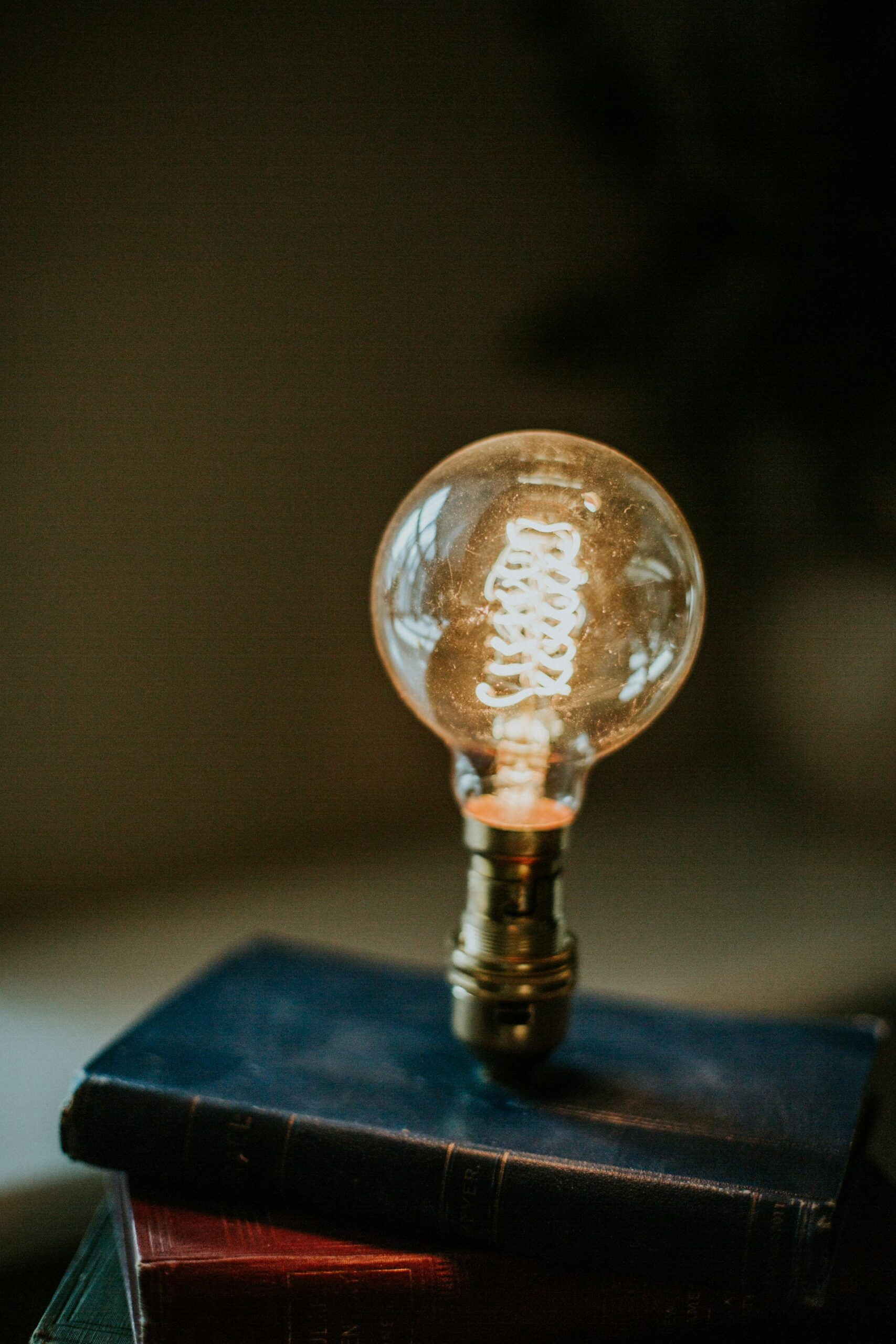
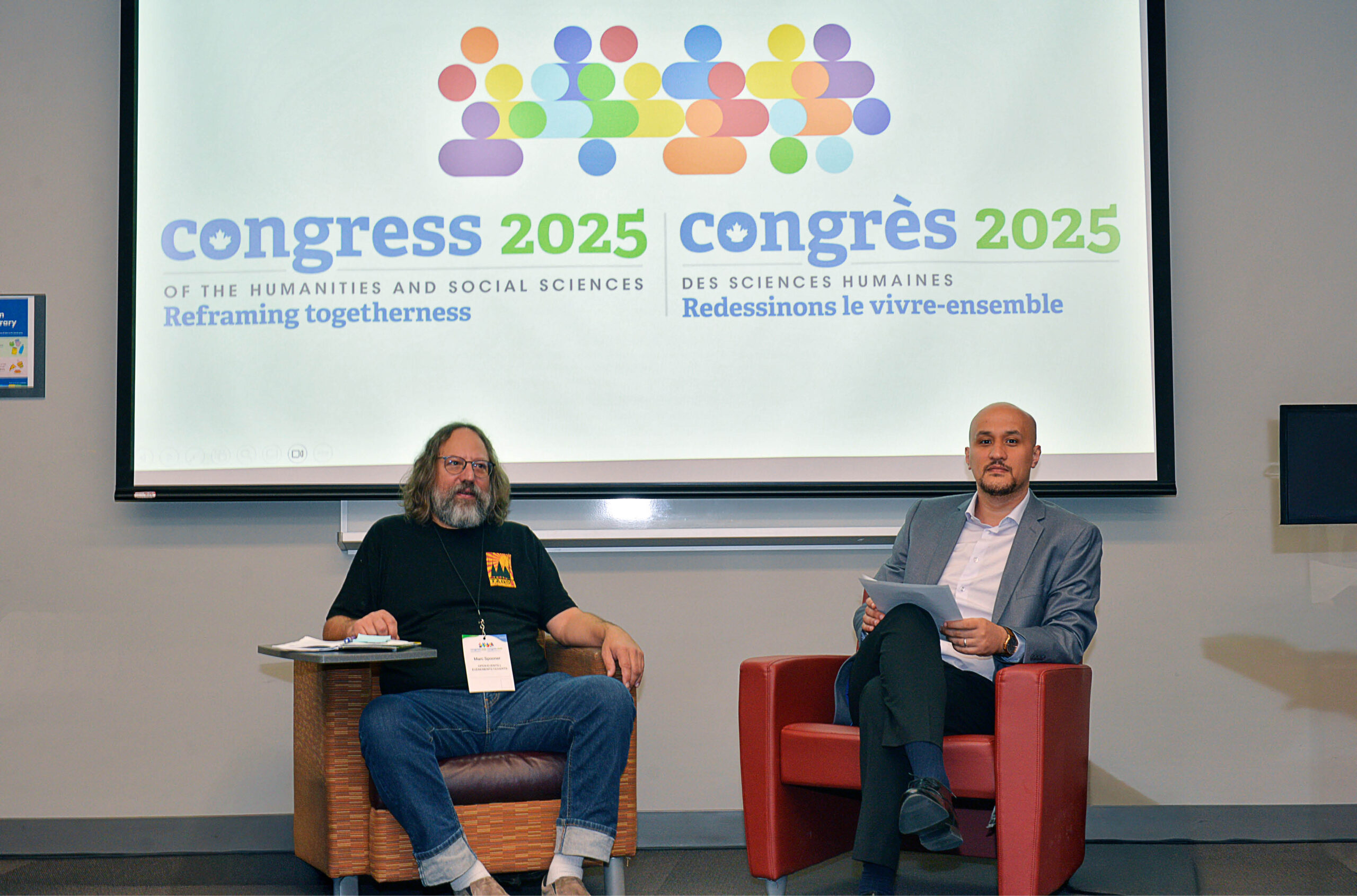

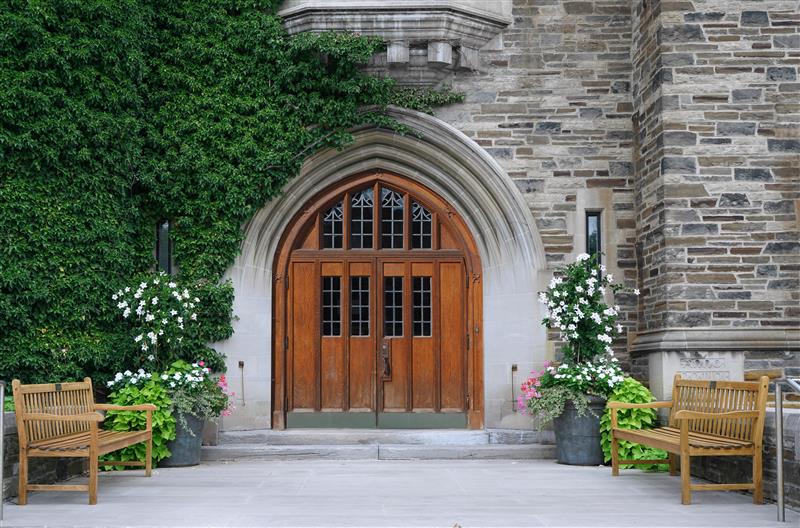
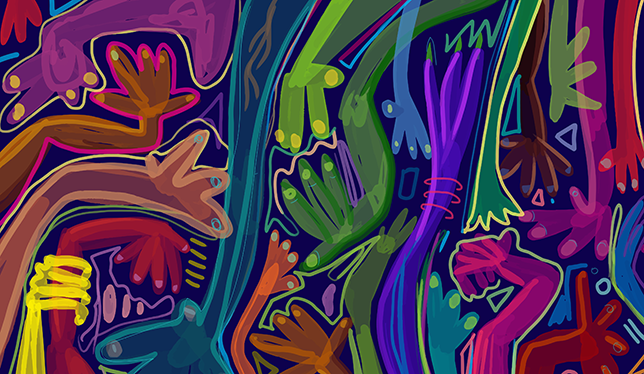
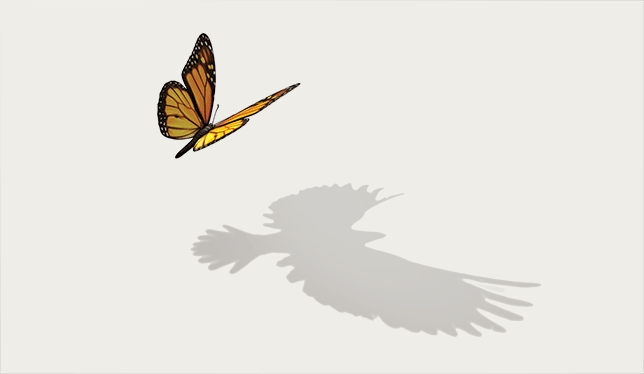

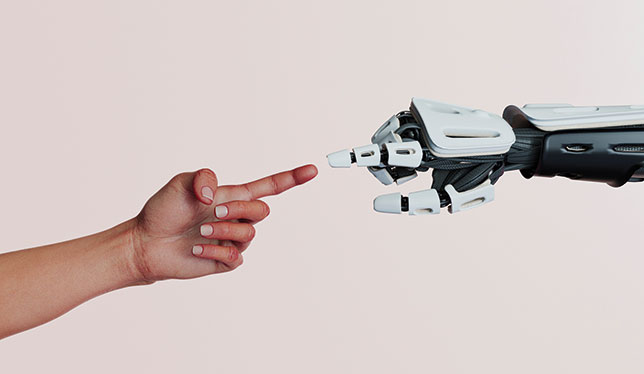
Post a comment
University Affairs moderates all comments according to the following guidelines. If approved, comments generally appear within one business day. We may republish particularly insightful remarks in our print edition or elsewhere.